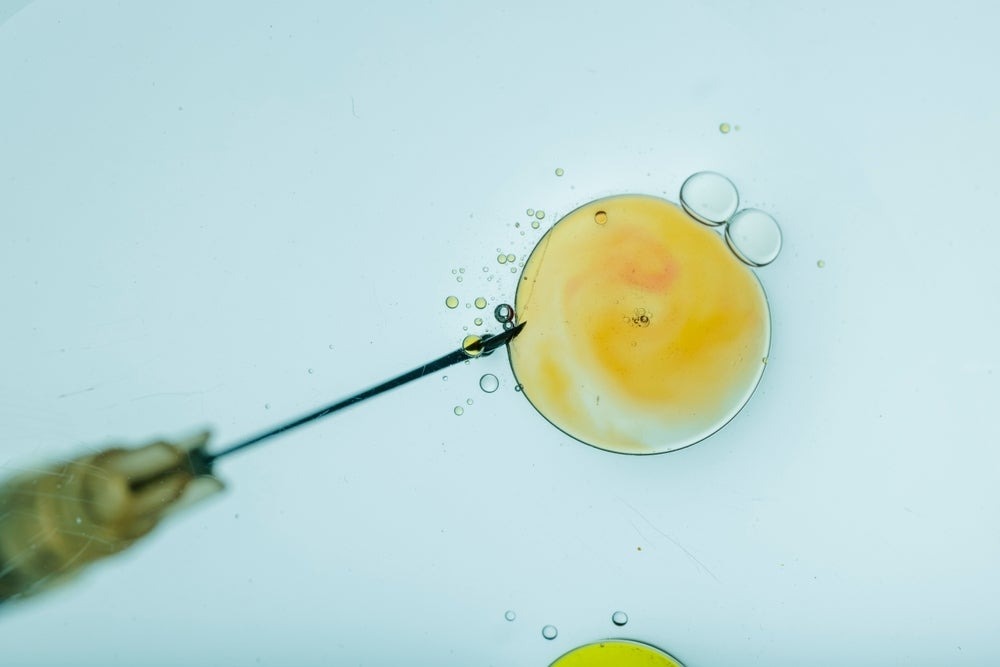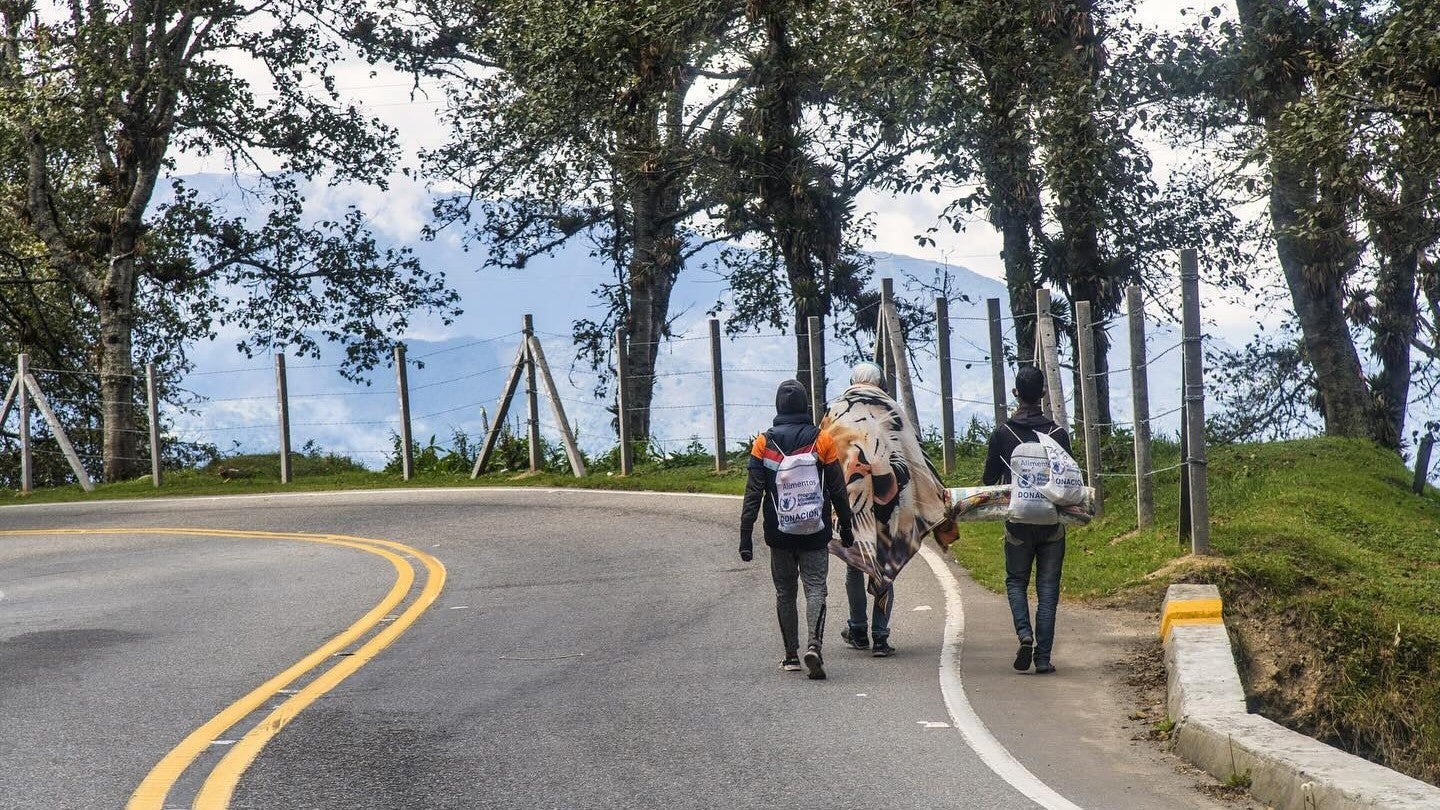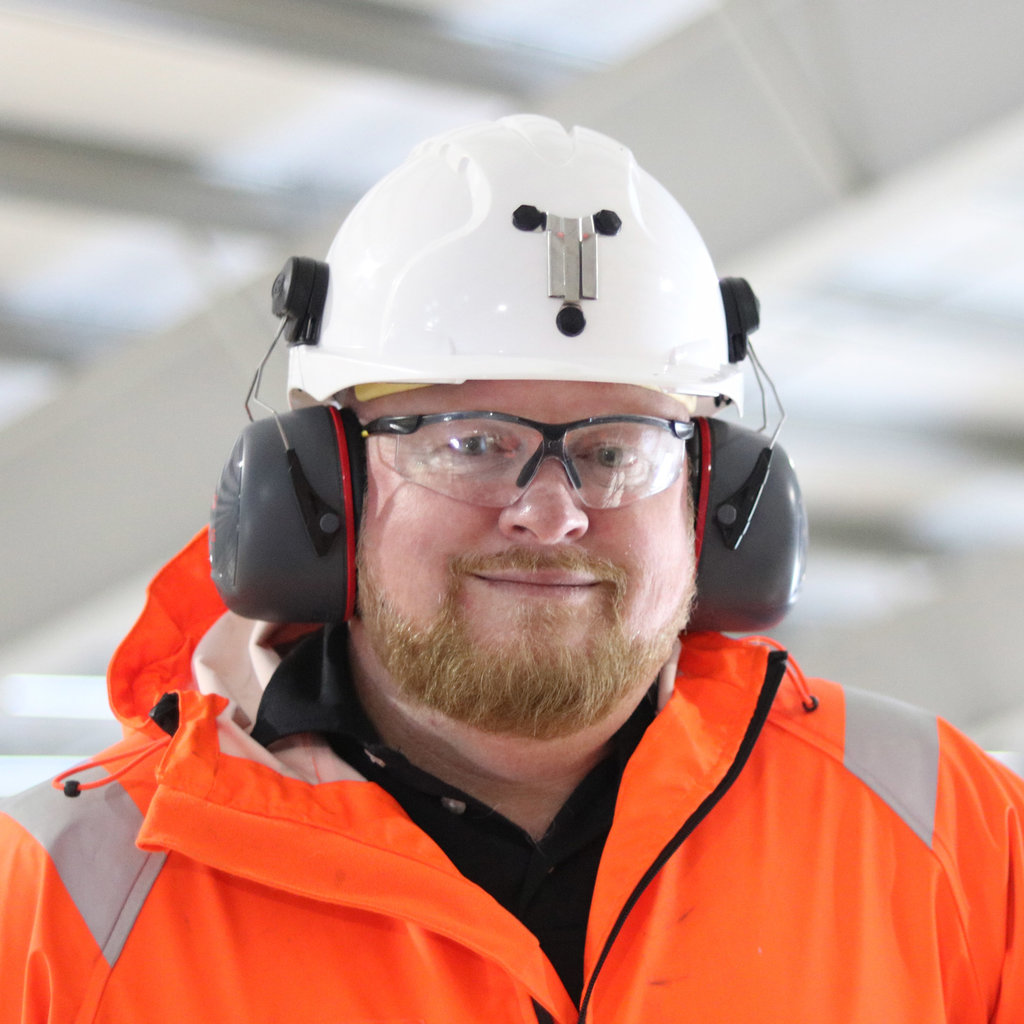
The AI-automated IVF procedure faces several challenges that need to be addressed for it to progress to wider usage. Credit: Rohane Hamilton / Shutterstock
Ababy has been born following an AI-automated in vitro fertilisation (IVF) procedure conducted remotely by engineers and fertility specialists.
The embryo was made using a method called intracytoplasmic sperm injection (ICSI), a type of IVF that has been around since the 1990s. In regular IVF, an egg is put in a dish with many sperm cells, while ICSI involves injecting a single sperm cell directly into the egg. This method is helpful for male infertility when sperm cells struggle to reach the egg on their own.
The technology used for automation was developed by Conceivable Life Sciences, a fertility biotech company based in New York City. The company’s system can perform all 23 steps of ICSI, from selecting the best sperm cell to injecting it into an egg and identifying the most viable embryos. However, it does not automate the collection of sperm or eggs or the process of transferring the embryo to the womb.
How was the IVF procedure automated?
In the study, the entire procedure was carried out by machines in Mexico while engineers and fertility specialists in New York remotely monitored and initiated each step. This led to the creation of an embryo that successfully implanted in a 40-year-old woman’s womb, allowing her to carry the pregnancy to term.
Conceivable’s automated system uses an AI programme to choose the best sperm for injection into the egg, based on the shape of the sperm cells. Another AI programme then finds the most viable embryos by looking at their chromosomes and their chances of attaching to the uterine wall.
A laser is used to hold the sperm tails still, at its middle, and then a motor quickly pierces the egg’s outer layer to inject the sperm. A person starts each step by pressing a button while watching the process. While getting the sperm into the egg is an important step, it does not guarantee fertilisation in either regular IVF or ICSI. After fertilisation, a doctor places the fertilised egg into the uterus, where it must implant to lead to pregnancy. The study found that the automated ICSI process takes longer than the manual method. On average, it took about nine minutes and 56 seconds per egg with the automated system, compared to one minute and 22 seconds for the manual process. In this experiment, the team used eight egg cells. Five were fertilised using the automated method while three were fertilised manually. The automated system produced four embryos from the five eggs, and all three eggs in the manual group were successfully fertilised.
Challenges of using AI
The AI-automated IVF procedure faces several challenges that need to be addressed for it to become a standard practice. In a recent case involving a 40-year-old woman who had previously experienced a failed IVF attempt, the automated procedure took nearly ten minutes per egg, which is longer than the standard manual ICSI time. While the automated system successfully fertilised four out of five eggs and led to the birth of a healthy infant, the process involved 23 individual steps and required significant operator involvement. The average time for key tasks such as identifying and stabilising an egg was notably longer than manual methods. Despite these current limitations, researchers believe that advances in technology and increased autonomy will help reduce procedure times and improve efficiency. This ongoing development is crucial for enhancing the accessibility and effectiveness of assisted reproductive technologies (ART) in the future.
Future impact
The future of AI-automated IVF procedures looks promising and could significantly change how families experience fertility treatments. As researchers such as Alejandro Chavez-Badiola, co-founder and chief medical officer of Conceivable, and Erkan Buyuk, a clinical professor at the Icahn School of Medicine at Mount Sinai, continue to refine the automated system, they aim to ensure that the best sperm is chosen while protecting the egg cells from damage. This is just the beginning, as more studies are needed to confirm the safety and effectiveness of these new methods. Dr Emily Jungheim highlights that the current manual processes in embryology can slow down IVF treatments, and automation could help make these services more accessible and affordable for many families. The goal is to achieve full automation of the ICSI process while still having human experts oversee the procedure to ensure everything runs smoothly. If successful, this innovation could lower costs and allow more people to experience the joy of having children, marking a significant step forward in reproductive technology. As Chavez-Badiola puts it: “We’re making history.”
GlobalData’s business fundamentals senior analyst Ophelia Chan says: “Oncology continued to dominate as the leading therapeutic area for IPOs this year, highlighted by CG Oncology’s $437m upsized IPO—the largest and first of the year. The company’s robust clinical data and ability to secure substantial capital have contributed to its strong performance in 2024.”
After a quiet summer, the IPO market reached full swing in autumn when Bicara Therapeutics, Zenas BioPharma, and MBX Biosciences all opened on the NASDAQ on the same Friday in September. The ‘triple-header event’ saw the three companies pull in over $700m combined. It was no surprise that the surge in activity came after the Federal Reserve’s decision to lower interest rates for the first time in years, ushering in a more inviting funding environment. This fruitful month was a stark contrast to August, which saw a significant global stock market dip amid fears of a US recession.
In June, Telix Pharmaceuticals – an emerging player in the fast-growing radiopharmaceutical space – pulled a last-minute plug on its IPO. The Australian company had been planning to list on NASDAQ and was on course to raise $232m – a value that would have placed it high on the list of biotech IPO sizes this year. Telix cited that its board did not move forward with the plans due to market conditions at the time.

On The Ground International assists Venezuelan caminantes (pictured) between Pamplona and La Laguna, Santander, Colombia. Credit: On The Ground International / Facebook

The Smart Clinic in La Guajira, Colombia. Credit: Siemens Healthineers
Numb feet, bleeding legs and dehydrated bodies mark their journeys – not to mention infectious diseases and psychological trauma. Studies have identified outbreaks of measles, diphtheria and malaria across Venezuela, while tuberculosis, typhoid and HIV, are also resurgent.
Caption. Credit:
Once we see where those changes are, we can plan where we’re going to cut the bone.
Dr Lattanza

Phillip Day. Credit: Scotgold Resources
Total annual production
Australia could be one of the main beneficiaries of this dramatic increase in demand, where private companies and local governments alike are eager to expand the country’s nascent rare earths production. In 2021, Australia produced the fourth-most rare earths in the world. It’s total annual production of 19,958 tonnes remains significantly less than the mammoth 152,407 tonnes produced by China, but a dramatic improvement over the 1,995 tonnes produced domestically in 2011.
The dominance of China in the rare earths space has also encouraged other countries, notably the US, to look further afield for rare earth deposits to diversify their supply of the increasingly vital minerals. With the US eager to ringfence rare earth production within its allies as part of the Inflation Reduction Act, including potentially allowing the Department of Defense to invest in Australian rare earths, there could be an unexpected windfall for Australian rare earths producers.
